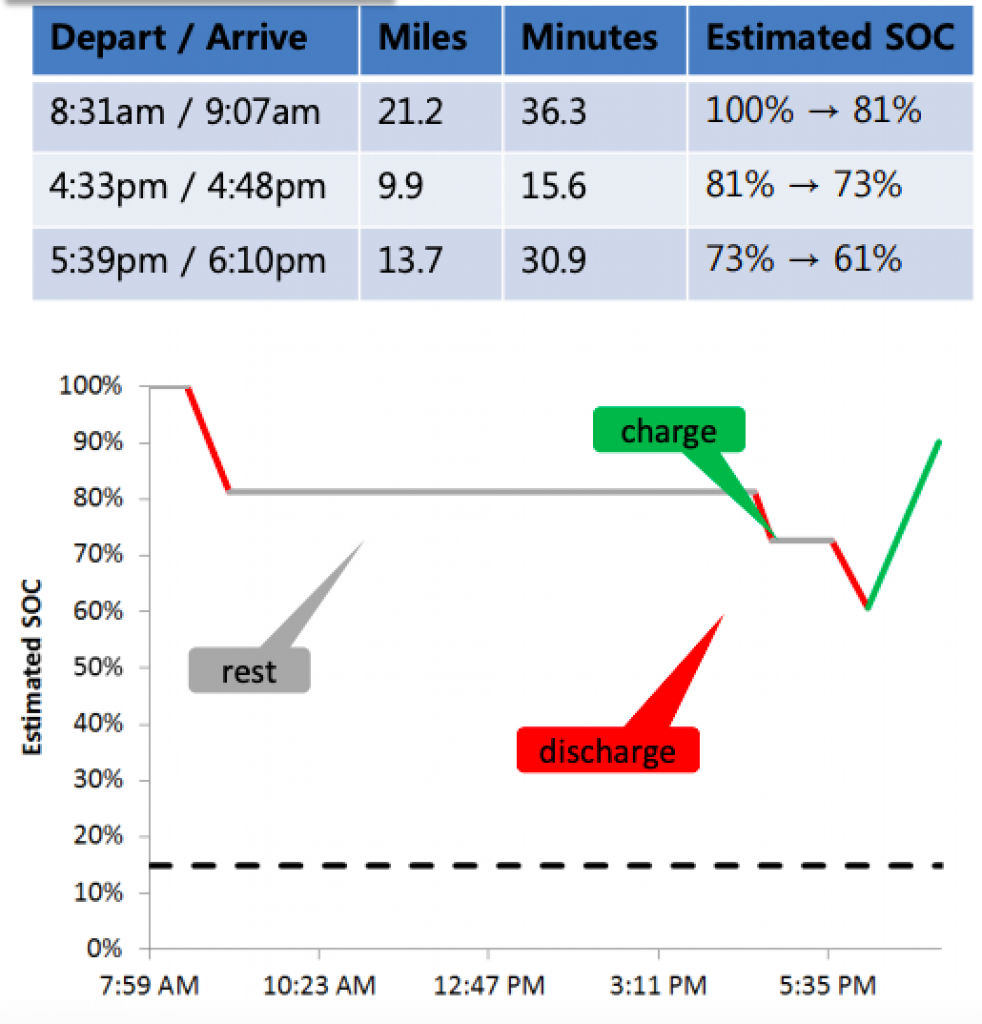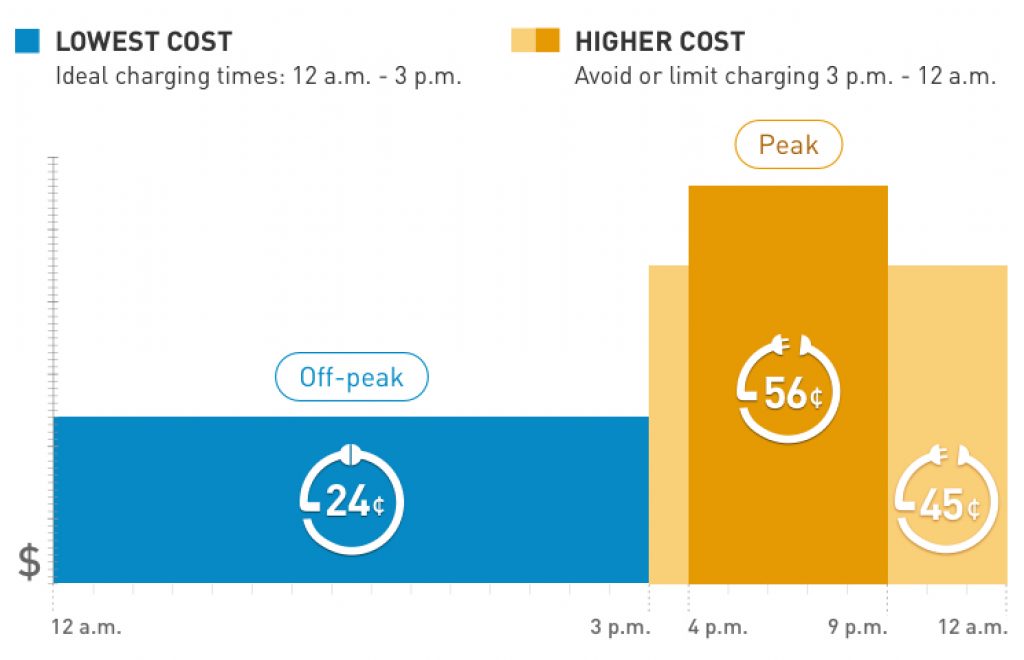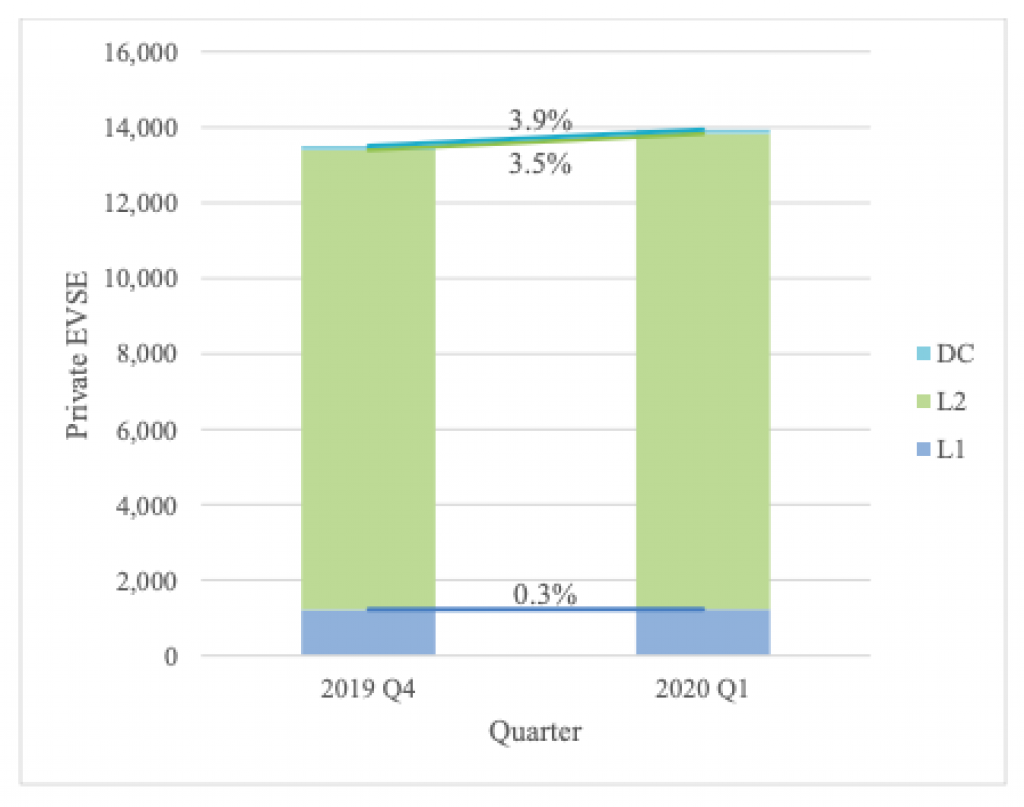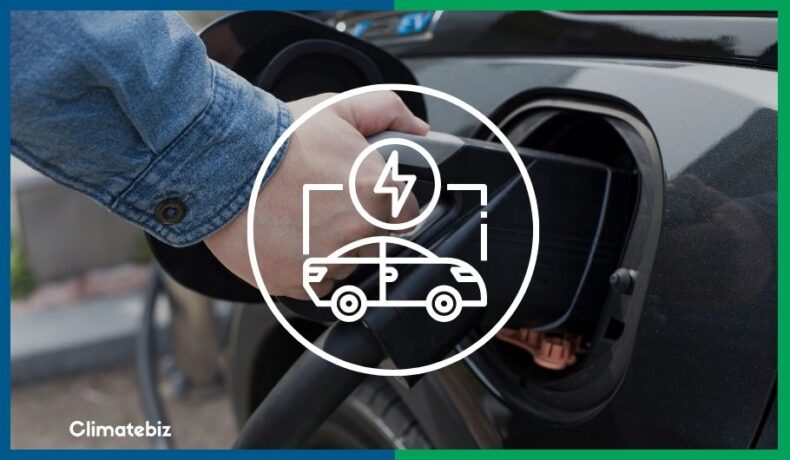Opinions vary when talking about the best voltage to charge an EV.
Knowing which voltage is best to charge an EV shouldn’t be overcomplicated. However, many people still tend to over-worry about this. We think it stems from the fact that most of us perceive charging time as a disadvantage of owning an EV compared to traditional fossil fuel vehicles. This is another discussion for another time.
For now, let’s cover the basics of the voltage level selection process for you.
First, we want to clarify that it is fine to charge your EV at any voltage level, namely:
- Level 1 (120 volt home outlets);
- Level 2 (208-240V outlets); or
- Level 3 (480V+ public DC Fast-Charging ports) chargers.
But, the main difference you should be aware of is that the higher the charging voltage level you use, the quicker you can fill up your EV battery State of Charge.
Now, we understand that some of you prefer to optimize and nitpick which voltage level is best for your situation. Therefore, we’ll share our primary considerations when choosing the best voltage to charge your EV.
Stick with us, and you’ll also learn:
- Why we recommend level 2 voltage chargers;
- How voltage affects the rate of charging;
- Why you shouldn’t worry too much about high voltage DC fast-chargers (DCFC) ruining your EV batteries.
Table of Contents
What Voltage Should I Charge My Electric Car?
Well, it depends on what you value and how much you are willing to spend. After all, choosing the “best” electric car charging voltage is often a trade-off between convenience and cost.
For instance, we agree with some of you that DCFCs are the most convenient chargers because you can charge your Tesla Model 3 or Y fully in only 10 to 30 minutes at that level. However, level 3 charging stations are scarce, and they’re more expensive in terms of $ per kWh and require sophisticated infrastructures first.
Key Considerations
As we mentioned, there are three charger levels. Selecting the one most suitable for your needs depends on:
- Your daily commute;
- Access to workplace/public charging stations;
- EV battery size; and
- Readiness of your home to accommodate high voltage charging stations (greater than 120V)

Source: NREL.com
The table below summarizes your key considerations when choosing an EV charging station.
| EV Charger Type | Level 1 | Level 2 | Level 3 |
|---|---|---|---|
| Voltage | 110-120 V | 220-240 V | 440-480 V |
| Charging Capacity | up to 5 miles per hour | up to 25 miles per hour | up to 800 miles per hour |
| Pros | Plug-and-Play Requires no upgrade on the electric panel It comes with the EV | Up to four times faster charging time than level 1 | DC Fast-charging |
| Cons | Painfully slow charging | Requires expert guidance Permit required Extra cost | It can slightly stress your EV battery depending on the maximum charge rate. Expensive technology |
| Best for who | Short commuters Plug-in Hybrid owners People with access to workplace chargers People willing to have 8+ hours of charging time | People who want a faster charger People who have long commutes EVs with large battery sizes | Long drives (we recommend sticking to Level 1 or 2 chargers for personal use) |
Selecting The Appropriate Voltage Could be A Goldilocks Exercise
As you can see, a 120V charging station is the easiest to install among the bunch, while a 480V DC fast-charging station still isn’t economical for home installation, but it gives the quickest charging time.
Given the trade-offs of choosing chargers at the ends of the spectrum, we think that choosing the best voltage to charge an EV becomes a Goldilocks exercise where the middle option (208V-240V) is your best bet.
Case Study: California
While we agree that having a Level 1 charger at home and access to public EV charging stations is enough to satisfy the basic daily charging needs of 92% of U.S. drivers, having access to level 2 chargers offers two things:
- Less worrying about not meeting your desired State of Charge for your next trip; and
- Flexibility to owners, especially in places with special time-of-use (ToU) rates.
For example, California Utility PG&E encourages EV customers to charge their electric cars during off-peak hours between 12 a.m. and 3 p.m.
Alternatively, charging your EV during peak (4 – 9 p.m.) and partial-peak (3 – 4 p.m. and 9 p.m. – 12 a.m.) hours would lead to electricity rates that are twice as expensive. Oof!
Now you can see why having a level 2 charging station in your home that charges four times as fast as a level 1 charger will come in handy in this situation.

Source: pge.com
Do DCFCs Ruin Batteries?
But why are you not encouraging DC fast-charging stations? Is it because they ruin your batteries?
Not really; DCFC stations are helpful if you have access to them.
Do they shorten the lifespan of your EV batteries? Just a tad, but only if you use them all the time. In general, you don’t have to worry too much about 480V chargers ruining your EV battery too early.
But what we do want to point out are the current limitations of DC fast-chargers. Right now, putting up infrastructures to support 480V chargers is very expensive. That’s why expect “pay-as-you-go” or “subscription-based” DCFC stations to be more pricey per kWh.
In California, “pay-as-you-go” DC-fast chargers cost 40 cents per kWh, while level 2 chargers charge 30 cents per kWh.
Another limitation of DC fast-chargers you should be aware of is that they are not as common as the other EV charger levels. According to what we found, there are seven times as many public level 2 charger stations (42,103 station locations) in the united states right now than DC fast-chargers (6,130 station locations).
How Voltage Affects EV Charge Rate
Hopefully, those insights and information have already served of great value to you.
Now, let’s explain how voltage level and current affect the EV charge rate.
This section touches on the technical fundamentals concerning EV charging time and voltage. Knowing the basic tenets of electrical circuits will be helpful in the upcoming discussion.
It answers the question: Why do DCFC charge the quickest (10 min. to 30 min.) while it takes a Level 1 charger 50-80 hours to charge your EV fully?
Level 2 EV Charging Station Computation
Suppose you took our advice and asked a local installer to upgrade your EV charging station to level 2. Then, if you look at the specs of your brand new level 2 EV charger, you can find its voltage and ampere ratings. Typical level 2 chargers are usually rated at 208 to 240 volts and 30 amperes.
Power Formula – V (volts) x I (amps) = P (watts)
Using the power formula, we can determine the kW charging rate of your charging station.
Therefore, a typical level 2 charger can provide 6.2 kWh to 7.2 kWh of energy per hour, as shown in computations below:
208 volts x 30 amps = 6.2 kW
240 volts x 30 amps = 7.2 kW
By now, it should be evident that estimating the charge rate of your EV charger boils down to knowing basic electrical engineering formulas and simple arithmetic.
Level 1 EV Charging Station Computation
With the same methodology, we can determine the charge rate of a level 1 charger using typical data.
Typical Level 1 EV charging station ampere rating — 12 amps to 16 amps
Typical Level 1 EV charging station voltage rating — 120 volts
120 volts x 12 amps = 1.44 kW
120 volts x 16 amps = 1.92 kW
Assignment: DCFC Charging Station Computation
We’ll leave the DCFC computation as an assignment for you.
Given DCFC charging station ampere rating — 100 amperes to 350 amperes
Given DCFC charging station voltage rating — 300 volts to 920 volts
Bottom line: We can conclude that voltage and current determine the charging speed of an EV charging station. Using basic engineering principles and typical data, we can compute the charging time of your EV.
Final Thoughts
Figuring out which voltage to charge your EV is straightforward— it’s a matter of looking into your EV use patterns daily/weekly and assessing if your current charging station is enough to recharge your batteries before your next day starts.
From here, you can optimize by looking into location-specific factors that may impact your EV charging, such as Tou rates, access to nearby charging stations, and the volume of EV cars in your area.
Why Level 2 Charging Level Wins The Goldilocks Exercise
In our opinion, DCFC chargers are the best if you have access to them and are willing to pay an add-on premium. Level 1 chargers are fine, but there are some merits to investing in a level 2 charging station.

Source: NREL.com
Level 1 chargers generally provide your EV 3 to 5 miles per hour. This is painstakingly slow for some and doesn’t entice people to switch to EVs.
Level 2 chargers solve this problem by giving you 4x the charging speed without breaking the bank. For us, it is the most cost-effective option at the moment. This may be why it is the most common charger out there while we wait for DCFCs to become more viable for mass production.

